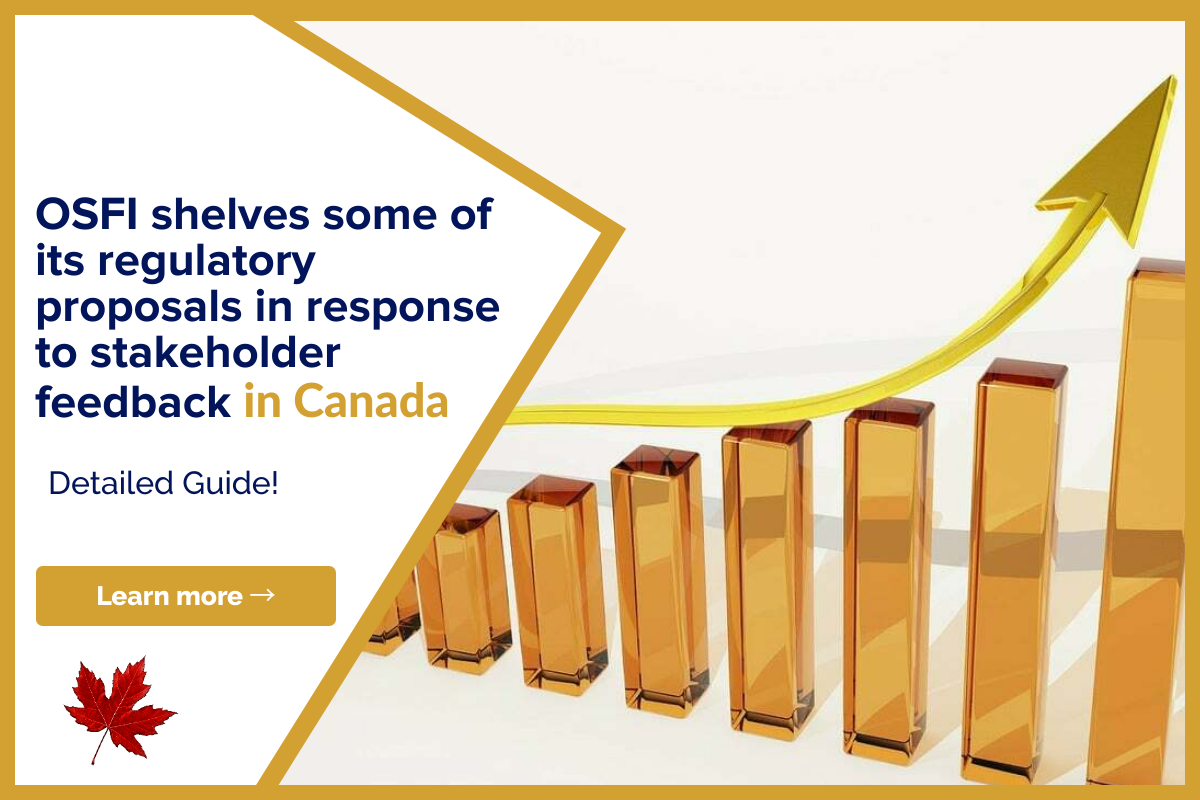During the early days of the mortgage business, brokers would require a lot of paperwork…

A Negative Item Removed From Credit Report
Now you can listen to our blog post, “How To Get A Negative Item Removed From Your Credit Report” while on the go.
Making sure your credit report is accurate and up to date is one of the most crucial things you can do to maintain good credit. After all, when you apply for a new credit product, such as a personal loan, a line of credit, vehicle financing, or a mortgage, a bank, credit union, or alternative lender will frequently look at it as one of the first items.
Unfortunately, any unfavourable information on your report may result in the denial of your application, particularly if you are unaware of it and the information is inaccurate. Continue reading to find out how erroneous information might harm your credit and how to have it deleted.
Deficiencies in Credit Reports
Your credit report, which is created for you by Equifax and TransUnion after you start using credit products, is essentially a comprehensive file. Both documents contain information about how you’ve used all of your credit products over the last ten or so years, even if each bureau has a somewhat different version of your report.
What do Canadians Know About Their Credit Reports?
Your potential lender may check your credit report if you seek new credit, such as a loan, as it can provide them with information about how you’ve handled prior or existing items. Unfortunately, a lot of people who use credit don’t even know how to check their reports or see errors when they do. In reality, research conducted by the Public Interest Advocacy Centre (PIAC) demonstrates:
- Only about 17 per cent of Canada’s millions of credit users (aged 18 or over) have checked their credit in the past three years.
- 50 to 65 per cent of those credit users claim to have a thorough understanding of the terms of their credit report and the significance of their credit scores.
- About 45 to 50 per cent remained uncommitted to the issue or were confused by the meaning of their results.
- About 18% of consumers who frequently check their credit reports have found some form of error.
- 80 per cent of those customers were able to remedy the error, and they said that it took them roughly 4 hours to do so.
- In all, 10% of those credit users believe that an error on their credit report caused their rejection of a variety of financial services.
How Inaccuracies Affect Credit Reports And Credit Scores
Even though it might not appear significant at first, one error might harm your credit report. It may even result in a decrease in your credit score if it is not fixed (which normally ranges from 300 to 900).
When your credit score falls in the 300–560 area, it is regarded as low. It might be challenging to be authorised for big amounts of credit, favourable terms, and low-interest rates when you have bad credit. This is due to the fact that your credit scores indicate how likely it is that you will pay your bills on time. In addition, raising your score back into the desirable range can take a lot of time and effort (660-900).
All of this is to imply that it’s crucial to deal with any errors you discover on your credit report as soon as possible. Although there are quite quick and simple ways to remedy this, the longer the issue remains unfixed, the worse your chances are of getting approved for credit.
Checking Your Canadian Credit Report
Now that you are aware of the potential consequences of a credit report error, let’s discuss the kind of typical mistakes you might encounter:
Personal information that is incorrect – Even small errors, like using the wrong name, birthdate, or mailing address, can have disastrous results because you might end up with someone else’s credit information (or vice versa).
Wrong Account Information – Another possibility is that your lender misreported the details of your payment or account activity. For example, if you paid your obligation in full and on time but it was mistakenly marked as unpaid or defaulted.
Falsified or Stolen Accounts – Identity theft and fraud are sad occurrences that can damage your credit, not to mention that dealing with them thereafter is difficult and time-consuming.
Negative Information Not Corrected – Missed payments and other bad credit behaviours are recorded on your report for a number of years (unless due to an error or fraud). If so, a bureau can neglect to delete the data after the designated amount of time.
How Can You Remove Something From Your Credit Report?
Before you begin, you should know that neither Equifax nor TransUnion will expunge negative information from your credit report before the deadline if it wasn’t caused by an error or a criminal offence. In the absence of that, there are a few alternative ways to get a mistake or other undesirable event deleted from your credit report:
Watch for it to pass naturally
Your credit history will contain negative information for a number of years; how long depends on the occurrence and the credit bureau. Negative examples that are frequently used are as follows:
- Missed or late payments = 6 years
- 3 to 6 years for consumer proposals
- Depending on the bureau/province and if it is your first or second bankruptcy, bankruptcy durations range from 6 to 14 years.
The simplest course of action in these situations is to wait until Equifax and/or TransUnion remove the unfavourable material from your report. Since it was legally your responsibility to pay your bills on time, neither bureau will quickly remove the incident, whether it was purposeful or unintentional.
Submit a complaint to the credit bureaus
Unfortunately, there isn’t much you can do if you caused the situation. However, you can submit a dispute with the bureau that owns it if you discover an inaccuracy or indication of identity theft on your credit report (always check both versions, if possible). Filling out the necessary documents, and then mailing or faxing them to the bureau, makes this simple.
While Equifax and TransUnion may require you to complete various forms of information, the fundamental dispute procedure is comparable and usually goes as follows:
- The bureau will analyse your claim as well as your personal and financial data after receiving your forms in order to verify your identity.
- Make careful to present whatever evidence you have that demonstrates the incident was not your fault for the argument to be treated seriously (financial statements, etc.)
- One of their agents will next look into your issue, which may require getting in touch with the company or lender that you claim reported the inaccuracy.
- If the bureau made a mistake or your identity was stolen, the issue will be internally rectified (a fraud alert may be put on your report).
- The bureau will let you know the outcome and update the relevant papers if your disagreement is upheld.
Remember that even if you have sufficient evidence to support your dispute, the investigation and update procedure might take a few days, so if you believe unfavourable information is affecting your credit, get in touch with both credit bureaus immediately away. A consumer statement outlining your current position could also be helpful. In Saskatchewan, consumer statements are limited to 200 words, while the rest of Canada allows for 100 words.
Need Some Quick Cash? Let Us Help!
Are you struggling with your financial needs and need some extra cash? Lionsgate can help. Just fill out the form below, letting us know all your cash or mortgage requirements and we will find the best lender for you. Amazing thing? The process is free and you can quit it at any time.
We have a team of experts that analyze your requirements and pick the best lender for you, with prudent advice.
Note: Please give your authentic information while completing the form below.
If you found this article helpful, please share it with someone you care about. Also, visit our blog to read similar helpful articles on finance, real estate, and getting mortgages.




